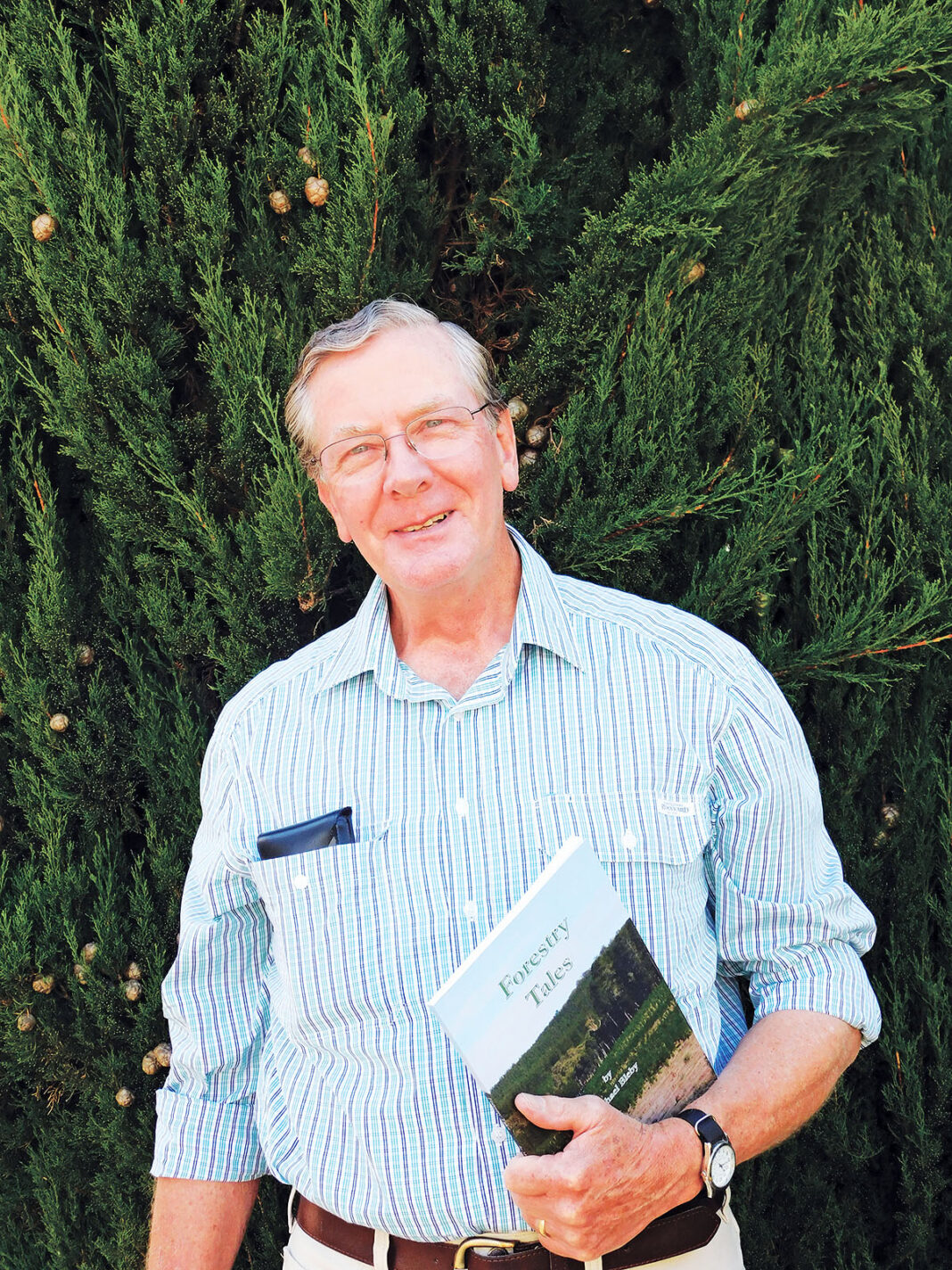The importance of accuracy in the wording of commemorative plaques was stressed by the guest speaker at the latest monthly meeting of the Millicent-based South East Family History group.
The SEFHG has a yearly talk on a military theme to coincide with Anzac Day.
Retired Millicent forester Mike Bleby gave a talk entitled “Remembering Anzac and the Lone Pine”.
“It’s about the planting of memorial trees that have an association with Gallipoli,” Mr Bleby said.
“Claims to be from the Lone Pine are not always accurate.”
Mr Bleby illustrated his talk with maps, photographs he took on his visit to Gallipoli in 2012, others from his personal collection and archival images he sourced from the Australian War Memorial in Canberra.
Lone Pine was one of the key battlefields 107 years ago and it took its name from a solitary tree which was a Pinus Brutia.
The tree was obliterated during the fighting but a pine cone was retrieved by an Australian soldier who took it back to his home land.
Seeds from this pine cone were used to grow trees in the 1930s at four places in Victoria: the Melbourne Shrine of Remembrance, Warrnambool, Burwood and near Terang.
All true descendants of the Gallipoli Lone Pine survive to this day with the exception of the example at the Melbourne Shrine of Remembrance which died of disease a decade ago.
Meanwhile, Mr Bleby explained other commemorative trees across the nation were sourced from another pine tree on the Gallipoli peninsula and not the Lone Pine.
Another soldier retrieved a pine cone from an Aleppo tree which was not indigenous to this area but imported by the Turks to provide trench supports.
Seeds from this pine cone were used to grow the tree planted by the Duke of Gloucester at the Australian War Memorial in 1934.
In turn, seeds from this tree have been used in many places across Australia as an Anzac commemorative gesture including Millicent.
To mark the Anzac centenary in 2015, a commemorative tree was planted outside the Millicent War Memorial Civic and Arts Centre.
It was planted by the then Wattle Range Mayor Peter Gandolfi and three local returned World War II servicemen; Fred Ellis, Henry Hawke and Jack Kent.
Mr Bleby said the wording on the Millicent plaque was correct but this was not the case in other places.
At the conclusion of the 25-minute talk, 95-year-old SEFHG member Tom Telford continued the military theme by singing “And the band played Waltzing Matilda”.



